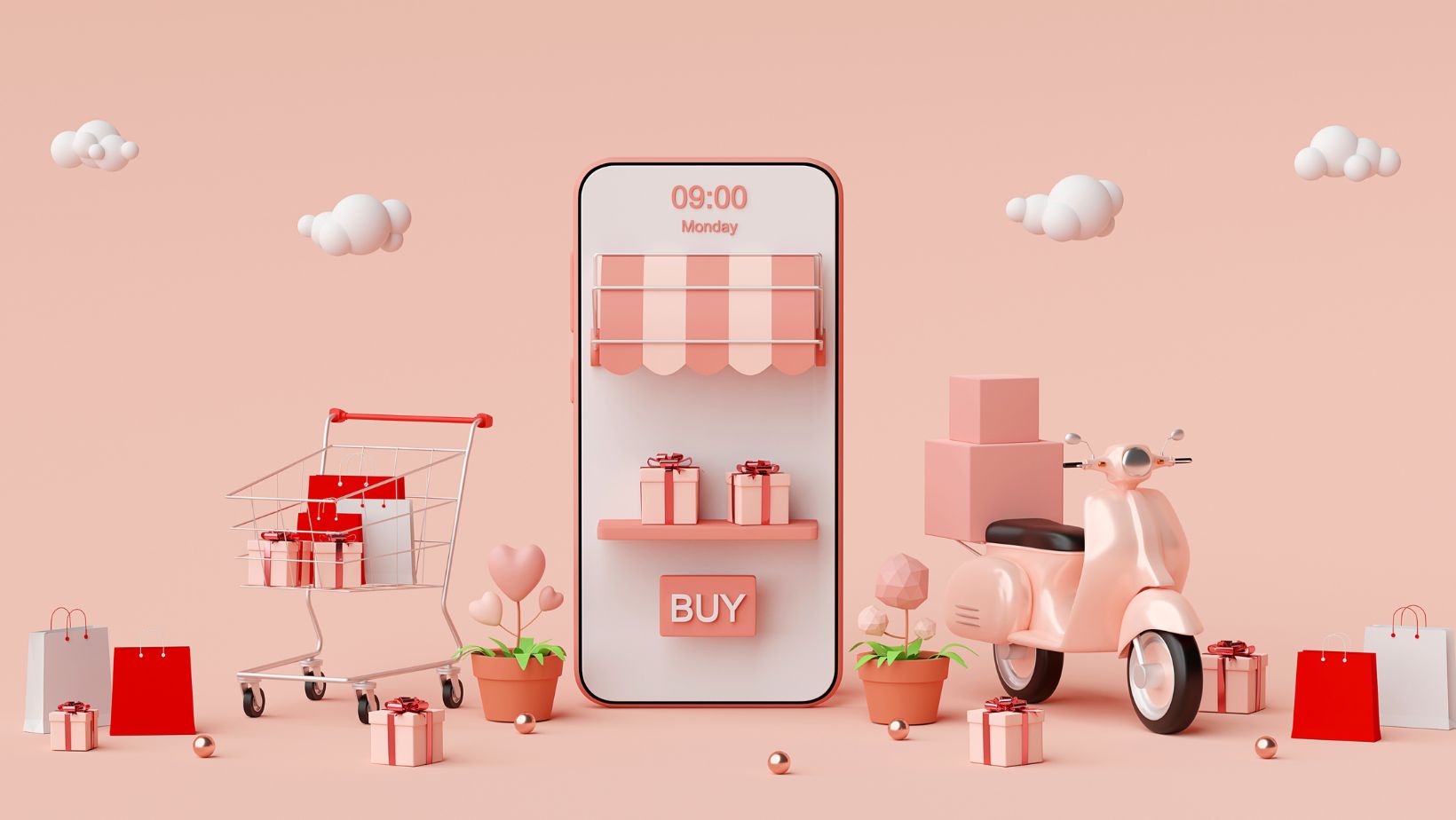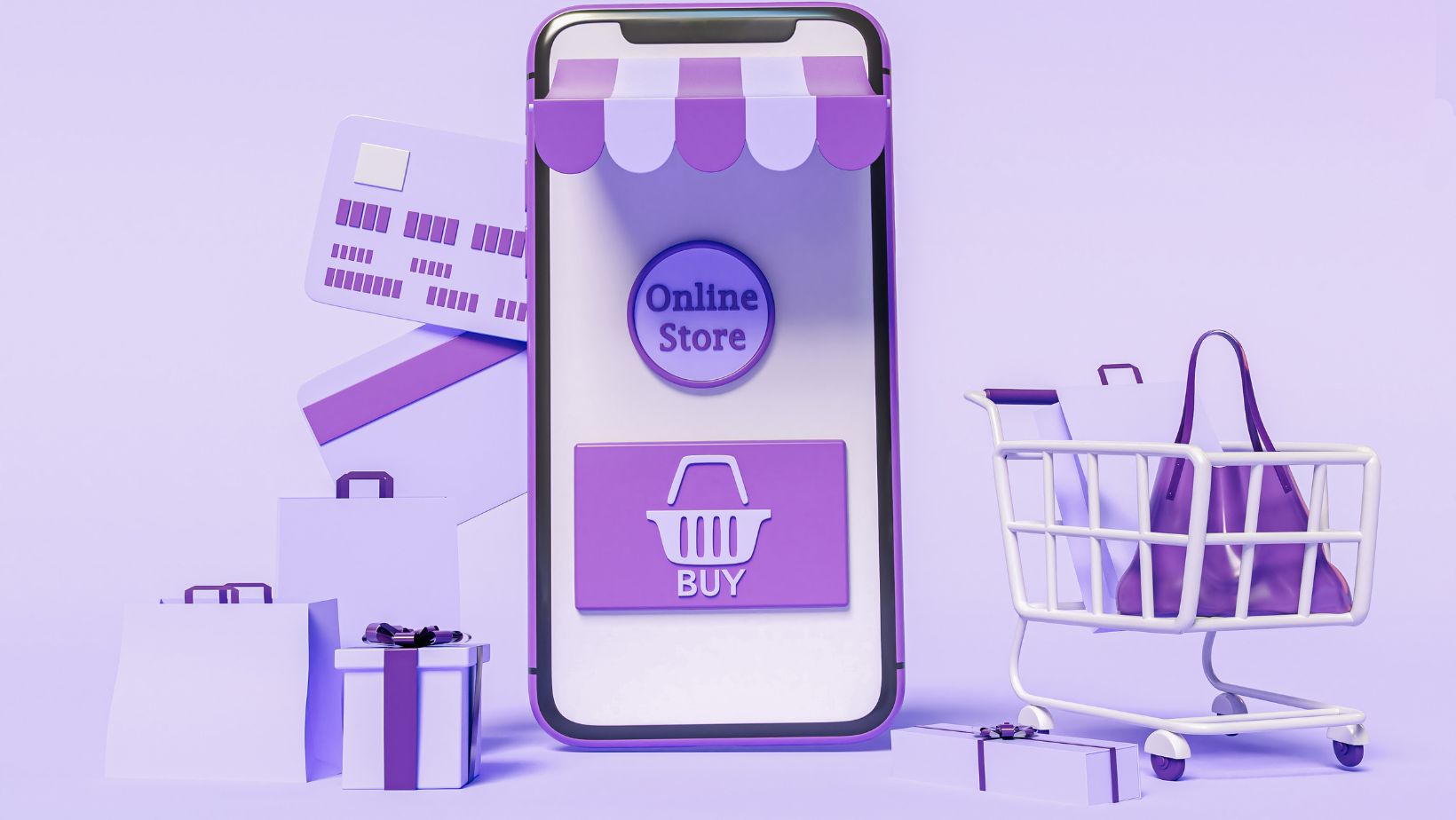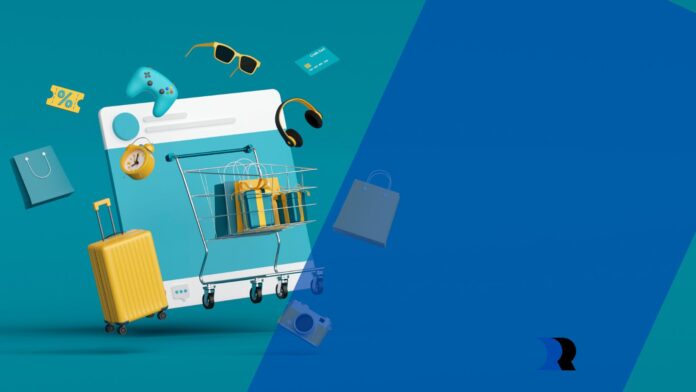With the rise of e-commerce, B2B businesses are changing their sales models. E-commerce saves time and costs less while offering international expansion possibilities.
B2B sellers must offer their customers an effortless experience. To do so, they should adopt an inbound sales approach and offer flexible payment solutions.B2B ecommerce can be complicated, but these are the things to remember:
Buying Process
Business buyers require extensive information in order to make purchases, such as product specifications and price comparisons, delivery options, and other factors that impact the buying process. Buyers usually gain this information via websites and digital channels like social media. Ideally, buyers want an individualized e-commerce experience complete with tailored pricing and order status updates.
When businesses recognize they need new products, the buying process begins. This could be individual-level factors like back pain or ergonomic desk chair requirements or larger company events like ambitious growth goals.
Other factors also play a part in purchasing decisions, including economic conditions and political environments. A dip in the economy may encourage businesses to postpone purchasing new goods until economic conditions improve, while competitive pressures could spur businesses into purchasing items that help them beat rivals. Furthermore, regulatory environments often restrict which products businesses may purchase and sell.
Payment Options
An ideal B2B ecommerce portal should offer flexible payment options to meet the needs of various types of business buyers, including credit/debit/ACH and third-party financing solutions. Such tools enable businesses to save time, money, and resources while giving their customers a self-serve experience.
Today’s business buyers expect online payments to be as simple as filling a shopping cart. In addition to accepting credit card, transactions via virtual wallets, and ACH payments, they want a platform that enables them to pay accounts receivable and purchase orders directly in-house, eliminating manual processes involving negotiating pricing and invoice payment altogether.

Buyers are increasingly seeking Buy Now, Pay Later (BNPL) options as a means of improving cash flow and increasing loyalty. BNPL provides an efficient payment process, relieving buyers of having to spend time and resources managing payment processes and invoicing; this can be especially helpful for service businesses with multiple clients that must negotiate terms.
Shipping Options
As either a supplier or customer of B2B services, there are various shipping options to consider when it comes to choosing an ideal B2B shipping strategy. From multiple warehouse deliveries with multiple carriers available and customized pricing models to customized pricing structures for bulk products – Shippo estimates companies could save as much as 60% in shipping costs by selecting appropriate options and carriers for their shipments.
Customers often have concerns regarding shipping costs, wanting to ensure they’re getting the best value for their dollar. Businesses should offer clear shipping policies with accurate dimensional-based pricing that allows their customers to compare items effectively across dimensions. They should also optimize their carrier selections to offer flat rate options with more flexibility for shipping costs, helping avoid surprises at checkout and keeping customers happy. They could even consider offering free shipping as an incentive to loyal customers or those signing up for subscription services.
Customer Service
Business buyers require different customer service than their consumer counterparts. Beyond returning damaged or faulty items, business buyers may also require assistance with more complex issues, such as software conflicts or integration issues that impede client operations. Luckily, there are ways to provide exceptional service in B2B e-commerce.
One way to set yourself apart from competitors in customer service is by creating a tailored experience for every customer. This involves offering various communication channels and making sure that your customer success team understands each request so they can respond swiftly to customers’ needs.

Add features that make it simpler for customers to shop – this approach has proven successful at industrial suppliers such as Grainger and Tetra Pak, who have found that making it easy for their customers to locate information and purchase supplies has increased sales while increasing customer satisfaction and loyalty while simultaneously cutting costs by streamlining online processes and decreasing staff training requirements.


